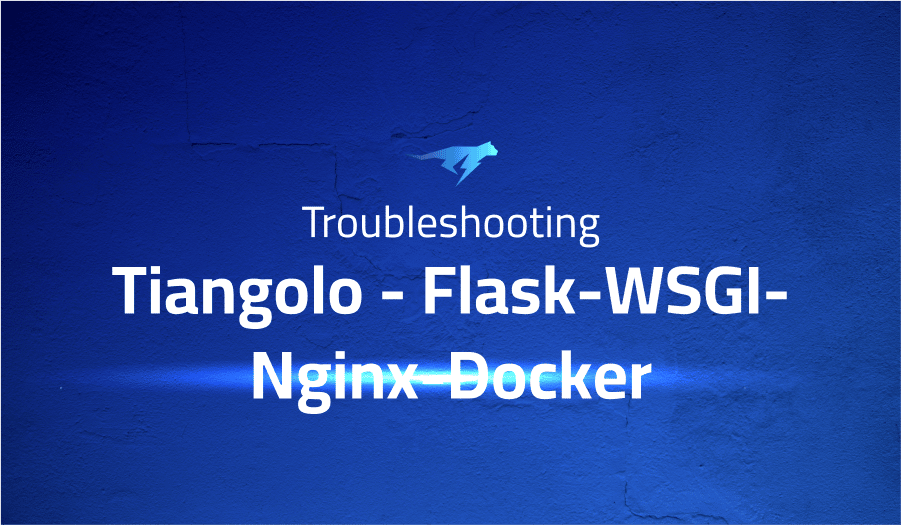

Troubleshooting Common Issues in Tiangolo Flask-uWSGI-Nginx-Docker
Project Description
Tiangolo Flask-WSGI-Nginx-Docker is a combination of technologies that can be used to build and deploy web applications. It is a stack that consists of the following components:
- Flask: a Python web framework that provides tools and libraries for building web applications.
- WSGI: the Web Server Gateway Interface, which is a specification for web servers and web applications to communicate with each other.
- Nginx: a web server that can be used to serve static content (such as HTML, CSS, and JavaScript files) and to reverse proxy requests to other servers.
- Docker: a containerization platform that allows applications to be packaged into self-contained units that can be easily deployed and run on different host systems.
Together, these technologies can be used to build and deploy web applications in a flexible and scalable way. The Tiangolo Flask-WSGI-Nginx-Docker stack is often used for applications that are built with the Flask web framework, as it provides an efficient and easy-to-use environment for running and deploying such applications.
Troubleshooting Tiangolo Flask-WSGI-Nginx-Docker with the Lightrun Developer Observability Platform
Getting a sense of what’s actually happening inside a live application is a frustrating experience, one that relies mostly on querying and observing whatever logs were written during development.
Lightrun is a Developer Observability Platform, allowing developers to add telemetry to live applications in real-time, on-demand, and right from the IDE.
- Instantly add logs to, set metrics in, and take snapshots of live applications
- Insights delivered straight to your IDE or CLI
- Works where you do: dev, QA, staging, CI/CD, and production
Start for free today
The following issues are the most popular issues regarding this project:
SSL: CERTIFICATE_VERIFY_FAILED
To solve the SSL: CERTIFICATE_VERIFY_FAILED error in a Tiangolo Flask application running in a Docker container, you may want to try the following:
- Check the server’s SSL certificate to ensure that it is valid and signed by a trusted CA. If the certificate is self-signed or not trusted, you may need to install the certificate as a trusted root certificate on the system running your application.
- Check the server’s SSL certificate to ensure that it has not expired. If the certificate has expired, you may need to request a new certificate from the server administrator.
- Check the server’s SSL certificate to ensure that it is for the correct domain. If the certificate is for a different domain, you may need to request a new certificate from the server administrator.
- Check the system running your application to ensure that it has the necessary root certificates installed to verify the server’s SSL certificate. You may need to update the root certificates on your system to include the necessary CA certificates.
If you are still unable to resolve the SSL: CERTIFICATE_VERIFY_FAILED error after trying these steps, you may want to consider disabling SSL certificate verification in your application by setting the REQUESTS_CA_BUNDLE environment variable to '' or False. However, this is not recommended for production environments, as it can compromise the security of your application
More issues from Tiangolo repos
Troubleshooting fastapi | Troubleshooting uvicorn-gunicorn-fastapi-docker | Troubleshooting full-stack-fastapi-postgresql
It’s Really not that Complicated.
You can actually understand what’s going on inside your live applications.




